


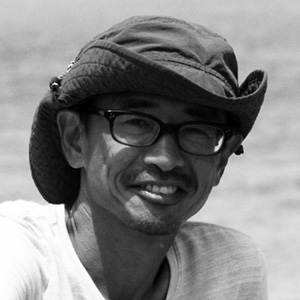
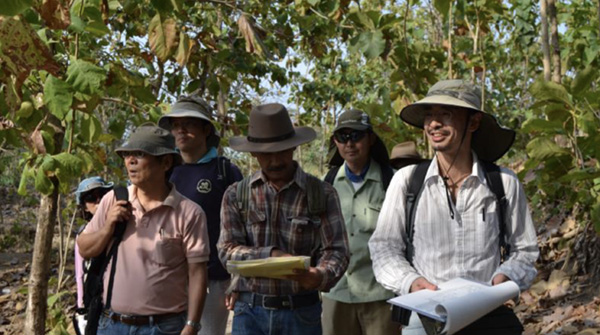
インドネシアでのジャワ原人化石の調査
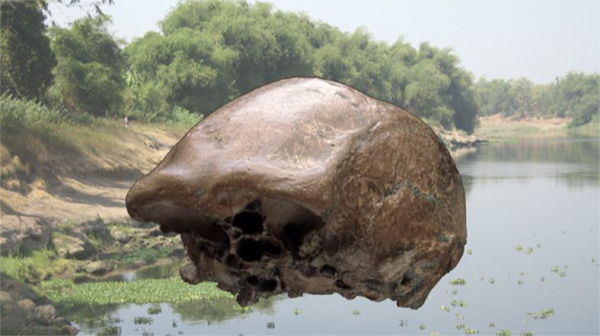
2003年に発表 した新発見のジャワ原人の頭骨化石
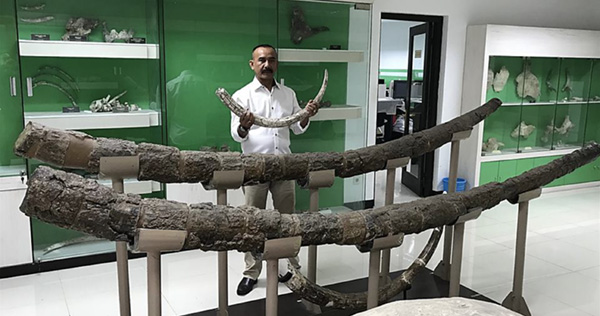
原人の時代にジャワ島とフローレス島にいた古代ゾウの牙
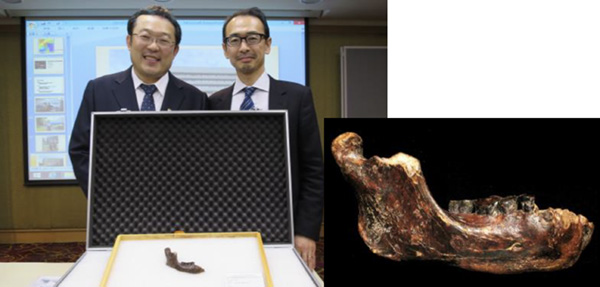
台湾の海底から発見された原人の下顎骨
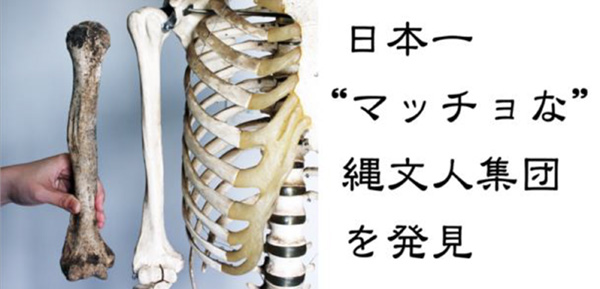
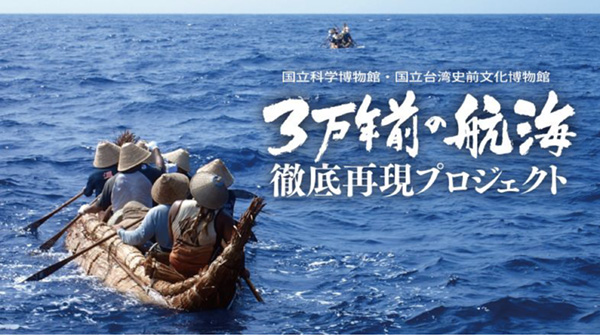
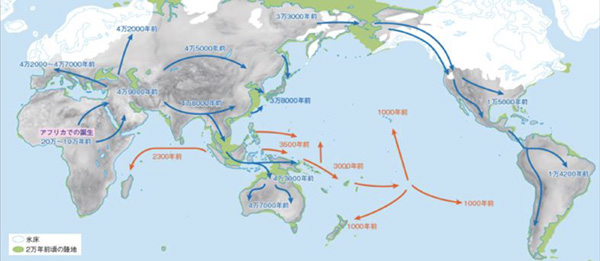
推定されるホモ・サピエンスの世界拡散ルート
(海部 2020)
人類化石の形態学的な分析を通じて、200万年におよぶアジアの人類史や、「人間らしさ」がどのように生まれたかについて、研究しています。近年の調査で、アジアにはかつて多様な原人や旧人の集団が暮らしていたことがわかってきました。また、5万年間にホモ・サピエンスの急速な拡散が起こり、そこから私たち現代アジア人へとつながる歴史がはじまったことも、明らかになってきています。太古の遺跡からみつかる化石は、「そのとき、その場所に、誰がいたか」を直接教えてくれる歴史の語り部で、分析方法を工夫すれば多くのことを教えてくれます。そのためにどんな工夫を考えつくかが、研究の醍醐味となります。
また、生物であり文化的存在でもある人類の歴史を総合的に理解するため、考古学や遺伝学などとの分野間交流も積極的に行っています。自らもクラウドファンディングを行って実験航海を実施するなど、専門にとらわれず幅広い活動を行っています。
研究室ホームページ (準備中)
略歴
1969年生まれ。東京大学理学部人類学教室卒業。1995年に東京大学大学院理学系研究科博士課程を中退して、国立科学博物館人類研究部に就職。同館で25年間、研究・展示活動等を行った後、2020年より現職。
受賞歴
日本学術振興会賞(2012)
古代歴史文化賞優秀作品賞(2016)
モンベルチャレンジアワード(2016)
山縣勝見賞(2019)
参考情報
ナショナルジオグラフィック「研究室に行ってみた」
YAHOO! ニュース「人類は謎の存在なんです」
文春オンライン「海部陽介×満島ひかり」
主要論文
2019 Palaeolithic seafaring in East Asia: An experimental test of the bamboo
raft hypothesis. Antiquity 93:1424–1441. [参考情報]
2017 Archaic hominin populations in Asia before the arrival of modern
humans: their phylogeny and implications for the “southern
Denisovans”. CurrentAnthropology 58:S418–S433.
2016 Advanced maritime adaptation in the western Pacific coastal region
extends back to 35,000–30,000 years before present. Proceedings of
the National Academy of Sciences, USA. 113:11184–11189. [参考情報]
2016 Homo floresiensis-like fossils from the early Middle Pleistocene of
Flores.Nature 534:245-248. [参考情報]
2015 Unique dental morphology of Homo floresiensis and its evolutionary
implications. PLoS ONE 10(11): e0141614. doi:
10.1371/journal.pone.0141614
2015 The First archaic Homo from Taiwan. Nature Communications 6:6037
doi:10.1038/ncomms7037. [参考情報]
2015 Modern human dispersal and behavior in Palaeolithic Asia: Summary
and Discussion. In: Kaifu, Y. et al. (Eds.), Emergence and Diversity of
Modern Human Behavior in Paleolithic Asia. pp. 535-566. Texas A&M
UniversityPress, College Station.
2013 Brain size of Homo floresiensis and its evolutionary implications.
Proceedings of the Royal Society B 280:1471-2954. [参考情報]
2012 Fossil record of early modern humans in East Asia. Quaternary
International 248:2-11.
2011 Craniofacial morphology of Homo floresiensis: description, taxonomic
affinities, and evolutionary implication. Journal of Human Evolution 61:
644-682.
2011 New reconstruction and morphological description of a Homo erectus
cranium - Skull IX (Tjg-1993.05) from Sangiran, Central Java. Journal of
Human Evolution 61:270-294.
2010 Cranial morphology and variation of the earliest Indonesian hominins.
In: Norton, C.J., Braun, D.R. (Eds.), Asian Paleoanthropology: From Africa
to China and Beyond. Springer, Dordrecht. pp. 143-157.
2009 “Pathological” deformation in the skull of LB1, the type specimen of
Homo floresiensis. American Journal of Physical Anthropology 140:
177-185.
2008 Cranial morphology of Javanese Homo erectus: New evidence for
continuous evolution, specialization, and terminal extinction. Journal of
Human Evolution 55:551-580.
2005 Taxonomic affinities and evolutionary history of the Early Pleistocene
hominids of Java: Dento-gnathic evidence. American Journal of Physical
Anthropology 128:709-726.
2003 Homo erectus cranium from Pleistocene of Java. Science 299:
1384-1388.
2003 Tooth wear and the “design” of the human dentition: A perspective
from evolutionary medicine. Yearbook of Physical Anthropology
46:47-61.
主要著書等
「サピエンス日本上陸 3万年前の大航海」(講談社2020 海部陽介著)
「広辞苑第7版(人類学関連項目の一部)」(岩波書店 2018 海部陽介ほか著)
「我々はなぜ我々だけなのか アジアから消えた多様な「人類」たち」(講談社 2017
川端裕人著・海部陽介監修:科学ジャーナリスト賞・講談社科学出版賞)
「日本人はどこから来たのか」(文藝春秋 2016 海部陽介著:古代歴史文化賞)
「人類がたどってきた道 “文化の多様化"の起源を探る」(NHK出版 2005 海部
陽介著)